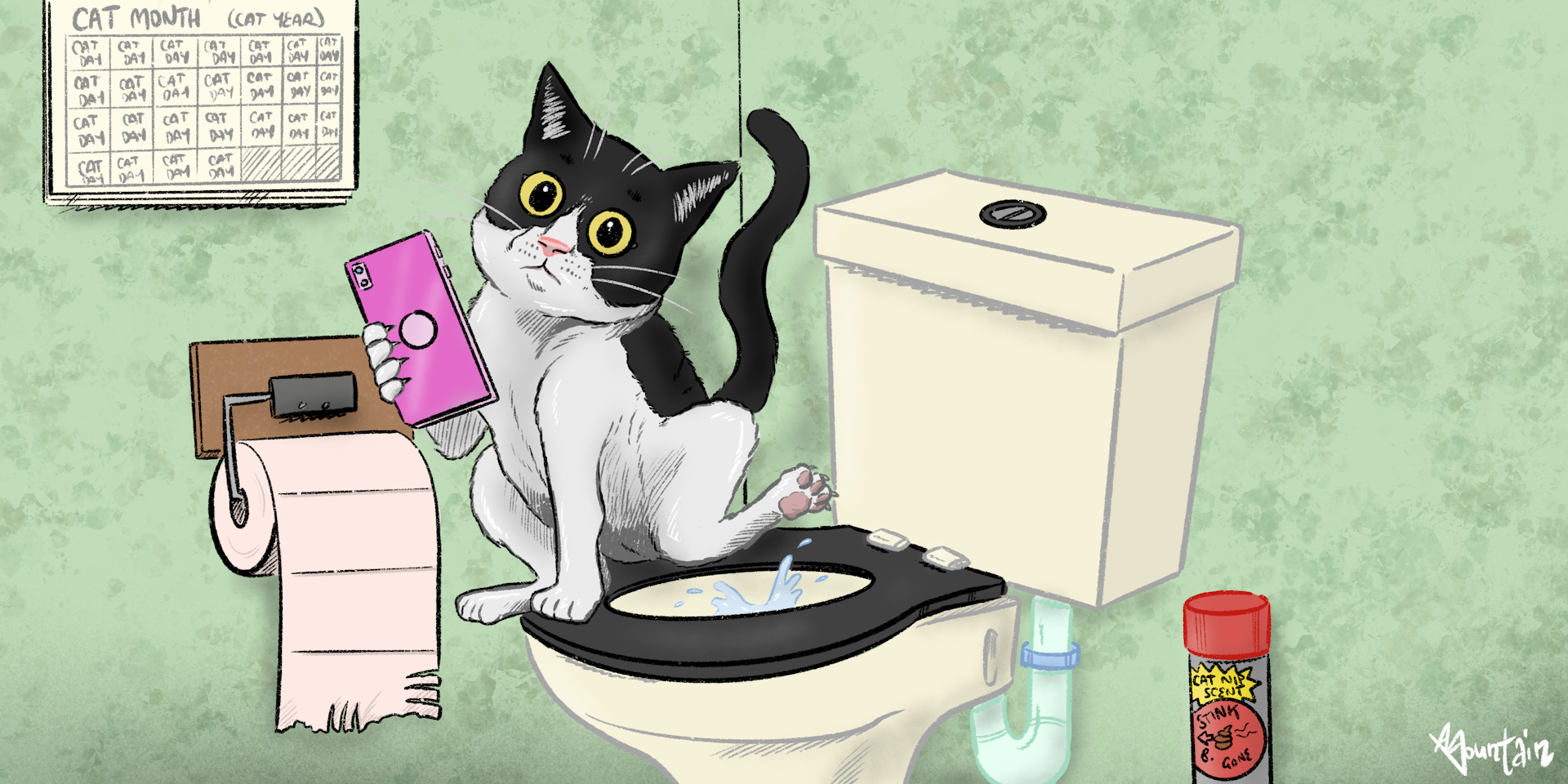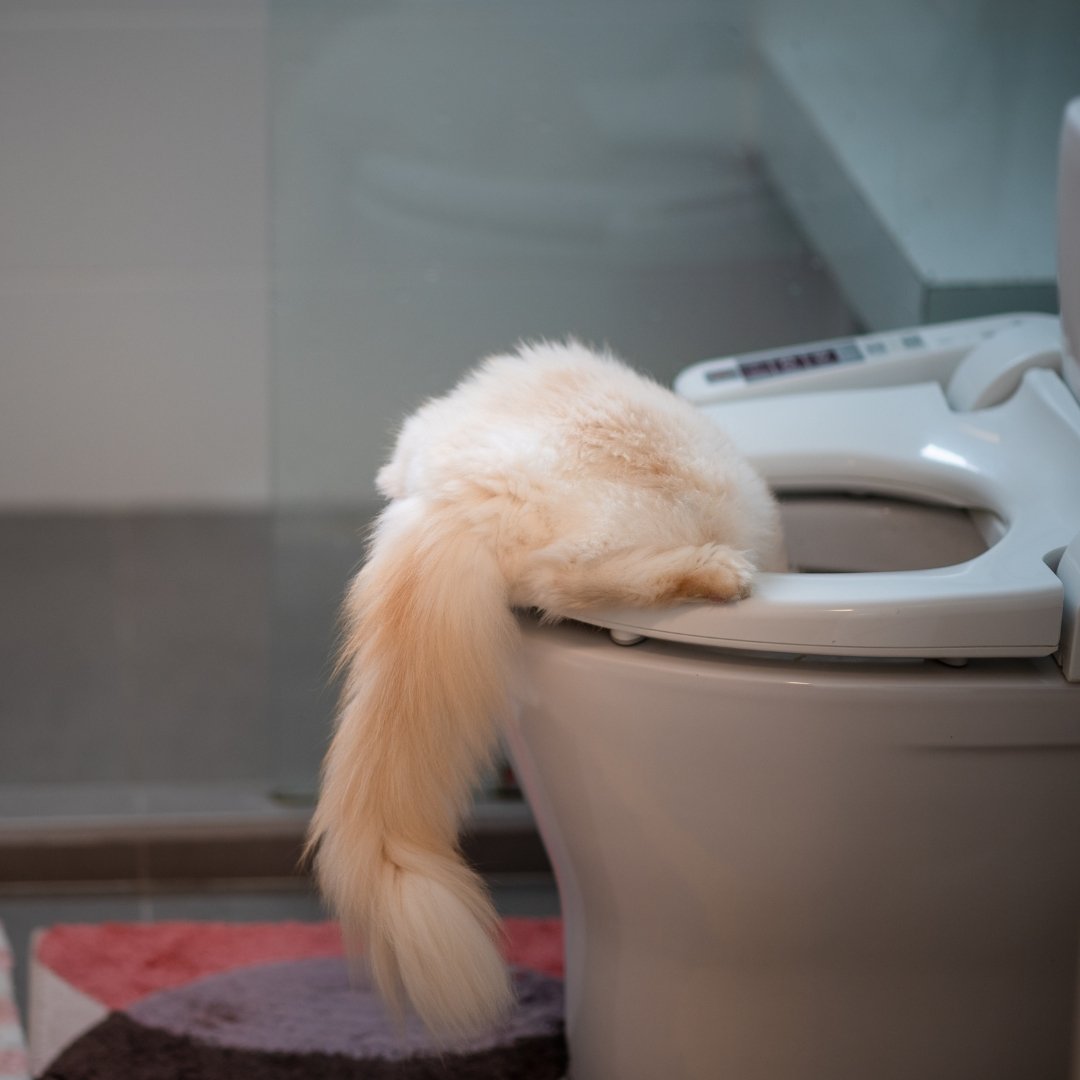Why You Must Never Flush Cat Poop Down Your Toilet - Critical Facts
Why You Must Never Flush Cat Poop Down Your Toilet - Critical Facts
Blog Article
In this article below you might get a lot of wonderful advice pertaining to Can You Flush Cat Poop Down The Toilet?.

Intro
As cat owners, it's essential to bear in mind just how we take care of our feline good friends' waste. While it might seem practical to flush feline poop down the bathroom, this method can have damaging effects for both the setting and human health and wellness.
Environmental Impact
Flushing cat poop presents harmful virus and bloodsuckers into the water system, posturing a substantial danger to marine environments. These pollutants can adversely affect aquatic life and compromise water top quality.
Health Risks
Along with ecological concerns, flushing pet cat waste can likewise pose health and wellness threats to people. Cat feces may consist of Toxoplasma gondii, a bloodsucker that can cause toxoplasmosis-- a potentially serious illness, specifically for expectant females and people with weakened body immune systems.
Alternatives to Flushing
Fortunately, there are much safer and a lot more accountable methods to take care of pet cat poop. Consider the following alternatives:
1. Scoop and Dispose in Trash
One of the most usual approach of dealing with feline poop is to scoop it right into a biodegradable bag and throw it in the trash. Make sure to use a devoted clutter scoop and get rid of the waste immediately.
2. Use Biodegradable Litter
Opt for naturally degradable cat clutter made from materials such as corn or wheat. These clutters are eco-friendly and can be securely disposed of in the trash.
3. Hide in the Yard
If you have a yard, think about hiding pet cat waste in a designated area far from veggie yards and water sources. Make sure to dig deep sufficient to stop contamination of groundwater.
4. Install a Pet Waste Disposal System
Purchase a pet dog waste disposal system specifically designed for cat waste. These systems utilize enzymes to break down the waste, minimizing smell and ecological effect.
Conclusion
Liable family pet possession prolongs beyond giving food and shelter-- it additionally involves proper waste management. By refraining from purging pet cat poop down the commode and opting for different disposal approaches, we can reduce our environmental impact and protect human wellness.
Why Can’t I Flush Cat Poop?
It Spreads a Parasite
Cats are frequently infected with a parasite called toxoplasma gondii. The parasite causes an infection called toxoplasmosis. It is usually harmless to cats. The parasite only uses cat poop as a host for its eggs. Otherwise, the cat’s immune system usually keeps the infection at low enough levels to maintain its own health. But it does not stop the develop of eggs. These eggs are tiny and surprisingly tough. They may survive for a year before they begin to grow. But that’s the problem.
Our wastewater system is not designed to deal with toxoplasmosis eggs. Instead, most eggs will flush from your toilet into sewers and wastewater management plants. After the sewage is treated for many other harmful things in it, it is typically released into local rivers, lakes, or oceans. Here, the toxoplasmosis eggs can find new hosts, including starfish, crabs, otters, and many other wildlife. For many, this is a significant risk to their health. Toxoplasmosis can also end up infecting water sources that are important for agriculture, which means our deer, pigs, and sheep can get infected too.
Is There Risk to Humans?
There can be a risk to human life from flushing cat poop down the toilet. If you do so, the parasites from your cat’s poop can end up in shellfish, game animals, or livestock. If this meat is then served raw or undercooked, the people who eat it can get sick.
In fact, according to the CDC, 40 million people in the United States are infected with toxoplasma gondii. They get it from exposure to infected seafood, or from some kind of cat poop contamination, like drinking from a stream that is contaminated or touching anything that has come into contact with cat poop. That includes just cleaning a cat litter box.
Most people who get infected with these parasites will not develop any symptoms. However, for pregnant women or for those with compromised immune systems, the parasite can cause severe health problems.
How to Handle Cat Poop
The best way to handle cat poop is actually to clean the box more often. The eggs that the parasite sheds will not become active until one to five days after the cat poops. That means that if you clean daily, you’re much less likely to come into direct contact with infectious eggs.
That said, always dispose of cat poop in the garbage and not down the toilet. Wash your hands before and after you clean the litter box, and bring the bag of poop right outside to your garbage bins.
https://trenchlesssolutionsusa.com/why-cant-i-flush-cat-poop/

We are very interested by How to Dispose of Cat Poop and Litter Without Plastic Bags and I hope you enjoyed reading the entire entry. So long as you enjoyed reading our blog post if you please do not forget to share it. Thanks so much for your time invested reading it.
Recurring Service Plans Report this page